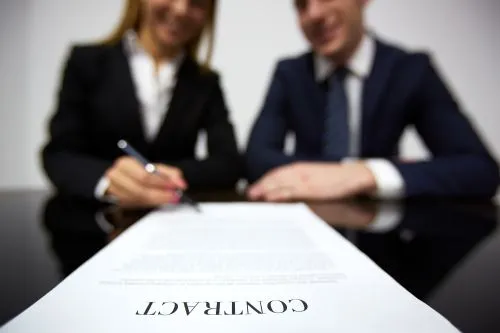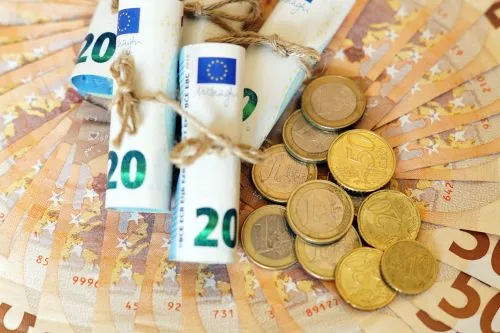
When it comes to animal welfare, labeling food products such as meat, dairy, and eggs should not be based on growing conditions but on an assessment based on scientific indicators measured directly on animals, according to an assessment report cited by DairyGlobal.
Labeling will be harmonized
Such a system should take into account not only the living conditions of animals producing food but also those of their parents, says Anses, the French Agency for Food, Environmental and Occupational Health and Safety.
Consumers are increasingly concerned about the living conditions of animals used for the production of animal-origin foods. Therefore, Anses is publishing guidelines for labeling animal-origin products, especially regarding the welfare of farm animals. The implementation of this proposal would harmonize current and future labeling systems, says the agency.
Labeling systems designed to inform consumers about the welfare of animals from which food is obtained are growing in Europe. However, the criteria used vary widely from one labeling system to another and cause a high degree of confusion for consumers.
The European Union intends to harmonize labeling. Anses has thus conducted an expertise to establish a scientific basis for animal welfare labeling that can be proposed to stakeholders in the livestock sector.
5 levels of animal welfare
The agency recommends adopting a 5-level welfare system, from highest (A) to lowest (E). Level E corresponds exclusively to compliance with the requirements imposed by European legislation on animal welfare, either during rearing, transport, or slaughter. This classification, which is easily understandable by consumers, should also help producers gradually better consider animal welfare.
Most current labels regarding animal welfare only consider the rearing methods used and the means used to improve them, says Anses. "This is not enough," explains Julie Chiron, expertise coordinator, adding, "A layer farm can have perches, but if the hens don't use them because they are not easily accessible, for example, this feature will not contribute to welfare."
Therefore, scientists in the Anses working group recommend that indicators focus primarily on the welfare status of the animal, i.e., be based on measurements taken on the animal itself. This system is based on the definition of animal welfare proposed by Anses in 2018: "The welfare of an animal is its positive mental and physical state related to the fulfillment of its physiological and behavioral needs and expectations. This state varies depending on the animal's perception of the situation."
Breeding Animals
Additionally, assessing animal welfare should also include breeding and selective breeding farms designed to improve genetic characteristics and provide animals from which food is obtained. "In some sectors, breeding animals are raised abroad, and little is known about their living conditions," explains Chiron.
"This criterion will require sectors to ensure they have this information. We cannot claim that a production process respects animal welfare if we know nothing about the living conditions of the previous generation, whose breeding is subject to specific constraints, especially health constraints."
"The work carried out primarily targets French and European scientists and stakeholders who intend to develop a reference framework for animal welfare labeling," notes Florence Étoré, who heads the unit responsible for assessing risks associated with animal health and welfare.
"This framework will need to be adapted to each sector or category of animals concerned and developed jointly with the various actors in this sector: livestock professionals, animal welfare associations, and scientists."
The framework must also be accessible and transparent so that consumers can be informed about the indicators used to assess animal welfare and obtain an overall score.




